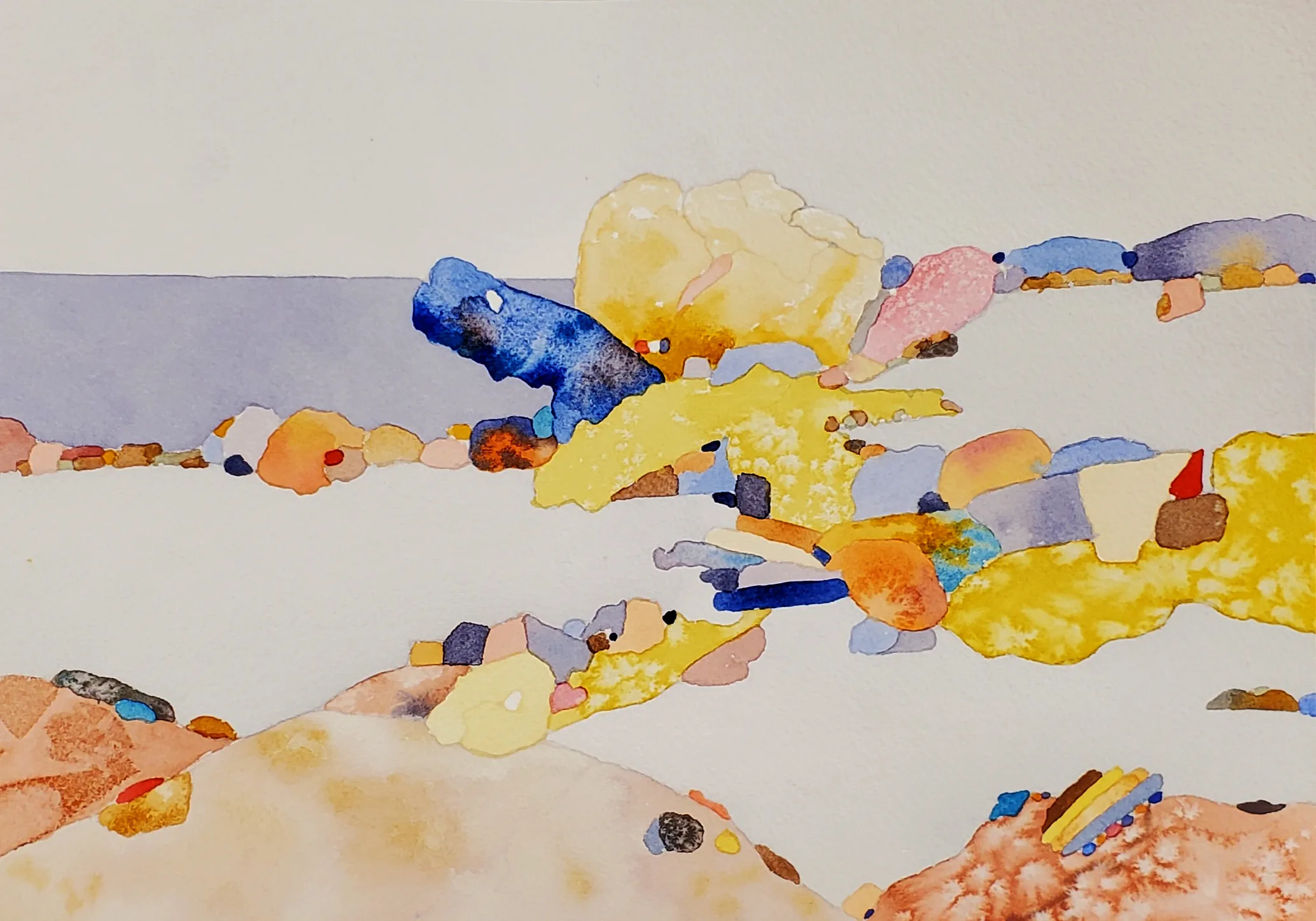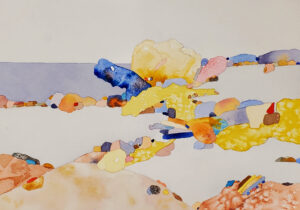
Critique ought not be a question of likes and dislikes. It involves analyzing a painting in terms of formal elements of design, which include:
- Focal point
- Line
- Value
- Color
- Balance
- Shape and form
- Texture
- Rhythm and movement
I’ve expanded on these ideas here, for those of you interested in how to use formal criticism to make your own work better. It’s helpful to use these standards in any group critique session.
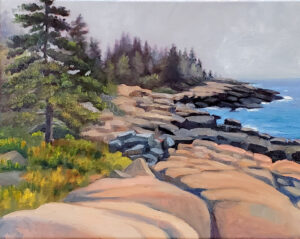
The same rubric can also be applied to work that you have no direct relationship with, such as paintings you see in a gallery. They can help you understand why a painting moves you or leaves you cold.
Your gut reaction, after all, is a profoundly reliable indicator. It may be telling you that something is off-kilter long before your rational mind understands what’s wrong. It may be reacting to an idea whose only mistake is newness or audacity. Or, there may be something in the psychological makeup of the artist that grates on your own complex psychology. I have this latter response to the work of Pablo Picasso. It doesn’t make Picasso’s work good or bad; it’s just intolerable to me.
Today we finish our annual five-day Sea & Sky workshop at Schoodic Institute in Acadia National Park. “Don’t sandwich me!” one of my students remonstrated at one point. She’s referring to a well-known management technique where one ‘sandwiches’ the bad news between positive feedback. I wasn’t doing that; I really did see marked improvement in her painting.
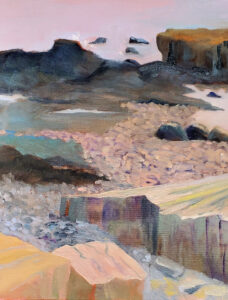
For students, every painting is a wrestling match. Not only are they attempting to master new ideas, they’re fighting their own internal demons. For me, each painting is a step on a road to mastery, and I am watching to see how things have improved. I’m less interested in whether a particular painting is good or bad than I am in whether a student has resolved whatever knot is currently bedeviling him or her.
By the way, I’m going through the same process of learning as my students; I’m just at a different point along the road. I sometimes wish I had a teacher. Since I don’t, I repeat the same lessons to myself that I tell them.
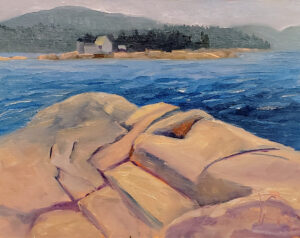
At some point in a critique session, we inevitably come to a point of disagreement. Yesterday it was about a grey in a painting. I felt it was chromatically disjointed and pulled against the composition; several students thought it was a good foil for other colors.
Who was right? Nobody and everybody. There are degrees of objectivity. If you doubt that, just consider the various interpretations of the scientific facts we understand about COVID.
Without further ado, here are this year’s paintings, minus those by Paula Tefft, Linda Smiley, Jen Kearns, and Areti Masero-Baldwin, who couldn’t be with us last night.
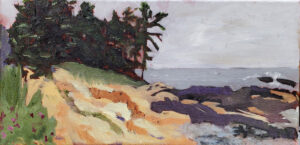
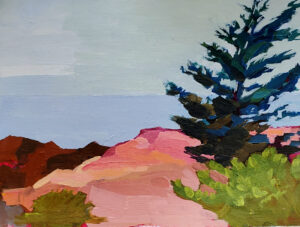
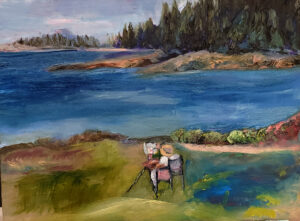
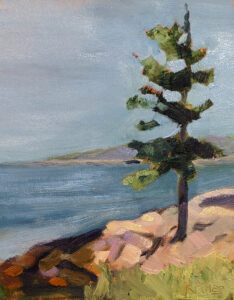
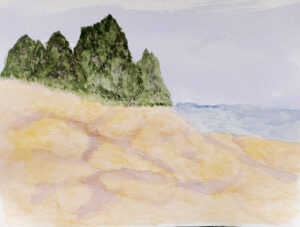
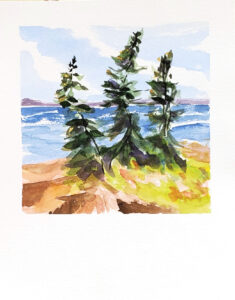
My 2022 workshop schedule can be found here. That includes the beautiful red rocks of Sedona, urban painting in Austin, TX, June and September workshops aboard schooner American Eagle, mountain vistas in the Berkshires, and our ever-popular Sea & Sky at Schoodic in Acadia National Park.

